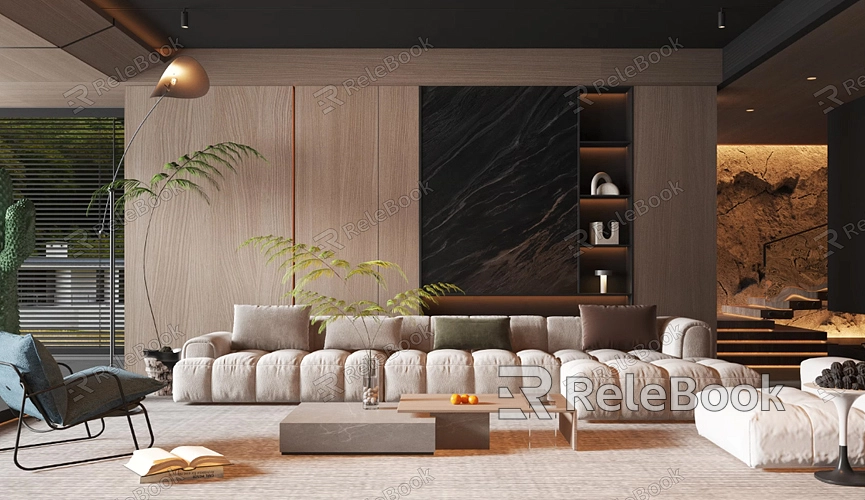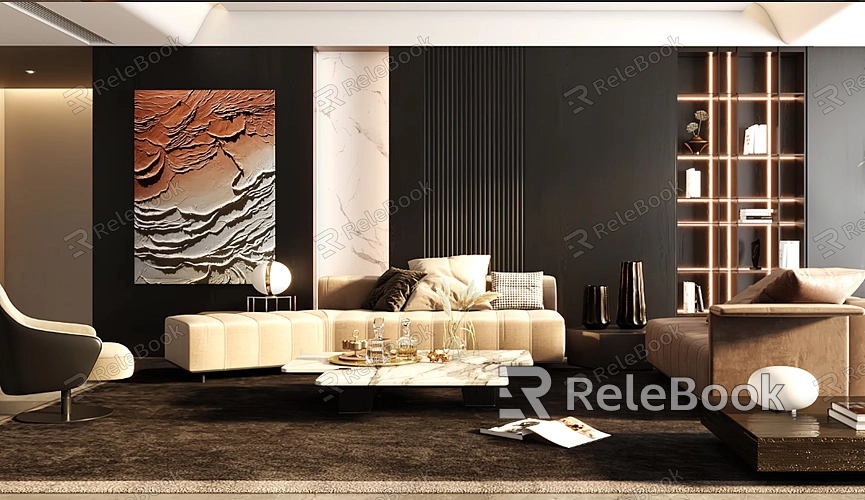How to Make Low Poly 3D Models in Maya?

Setting Up Your Workspace
Before diving into the creation process, it’s crucial to configure Maya’s workspace for efficient modeling. Start by opening Maya and setting up your project. Go to File > Project Window and create a new project folder. This will help you organize your files, textures, and renders. Set your preferred layout by selecting Panels > Layout and choosing a workspace that suits modeling, such as “Modeling” or “Modeling Extended”. This setup ensures you have easy access to the tools and views you need for low poly modeling.
Understanding Low Poly Basics
Low poly modeling focuses on creating 3D objects with a minimal number of polygons. Polygons are the building blocks of 3D models, and their number affects the model’s complexity and performance. In low poly modeling, the goal is to use as few polygons as possible while still achieving a recognizable and functional shape. This technique often involves strategic simplification and abstraction, resulting in models that are easy to render and manipulate, making them ideal for real-time applications like games.
Creating Your Base Mesh
To start creating a low poly model, you need a base mesh to work from. Begin by selecting a primitive shape that closely resembles your desired object. In Maya, you can choose from basic shapes like cubes, spheres, or cylinders from the Create menu. For example, if you are modeling a simple character, starting with a cube might be ideal.
Once you have your primitive shape, switch to Vertex mode to adjust the basic form. Use the Move, Scale, and Rotate tools to manipulate the vertices, edges, and faces of your base mesh. The goal here is to block out the overall shape of your model, focusing on its silhouette and proportions.

Simplifying Geometry
With your base mesh in place, the next step is to simplify the geometry to achieve the low poly look. This involves reducing the number of polygons while maintaining the model’s essential features. Use the Edge Loop tool to add or remove edge loops as needed, and the Collapse Edge tool to merge edges and reduce polygon count. The Extrude tool can help add detail to specific areas without significantly increasing the overall polygon count.
Keep in mind that low poly models often require a balance between detail and simplicity. Focus on the key aspects of your model that convey its shape and function, avoiding unnecessary complexity.
Using the Smooth Tool Sparingly
While the smooth tool is useful for adding detail, it can increase polygon count, which is counterproductive in low poly modeling. To maintain a low polygon count, use the smooth tool sparingly. Instead, use techniques like beveling edges or adding detail through texture maps to enhance the appearance of your model without increasing its polygon count.
UV Mapping and Texturing
Once your low poly model is shaped, you need to unwrap it for texturing. UV mapping involves projecting the 3D model’s surface onto a 2D plane so that textures can be applied accurately. In Maya, select your model and open the UV Editor from the UV menu. Use the UV Mapping tools to lay out the UVs, ensuring that they are spread out evenly and without distortion.
After UV mapping, create textures that will be applied to your model. Low poly models often use simple, stylized textures that complement their minimalist design. Use image editing software like Photoshop or a texturing tool like Substance Painter to create these textures. Apply the textures in Maya using the Hypershade editor and assign them to your model’s UVs.
Testing and Refining
With your model textured, it’s important to test it in different environments and lighting conditions to ensure it looks as expected. Rotate your model, change the lighting, and check how the textures appear. Make any necessary adjustments to the model or textures to achieve the desired visual effect. Testing in various scenarios helps ensure that your low poly model performs well in its intended application.
Exporting Your Model
When your low poly model is complete and refined, it’s time to export it for use in other applications or game engines. In Maya, go to File > Export Selection and choose the appropriate file format for your needs, such as OBJ or FBX. Configure the export settings to ensure that your model retains its low polygon count and UV mapping.
FAQ
What is the main advantage of using low poly models?
Low poly models are less resource-intensive, making them ideal for real-time applications like games and virtual reality. They are easier to render and require less computational power, which can improve performance and load times.
Can low poly models still look good despite their simplicity?
Yes, low poly models can be visually appealing through the use of effective texturing, lighting, and strategic design choices. The minimalist style of low poly models can be quite attractive and functional, especially in stylized or retro-themed projects.
How can I ensure my low poly model looks good across different devices?
Test your model in various environments and lighting conditions to ensure it looks good in different scenarios. Additionally, consider creating multiple versions of your model optimized for different device specifications if necessary.
Are there any plugins or tools that can help with low poly modeling in Maya?
Yes, there are several plugins and tools available that can enhance the low poly modeling workflow in Maya. Tools like MASH for procedural modeling and various third-party plugins can streamline the process and offer additional features.

